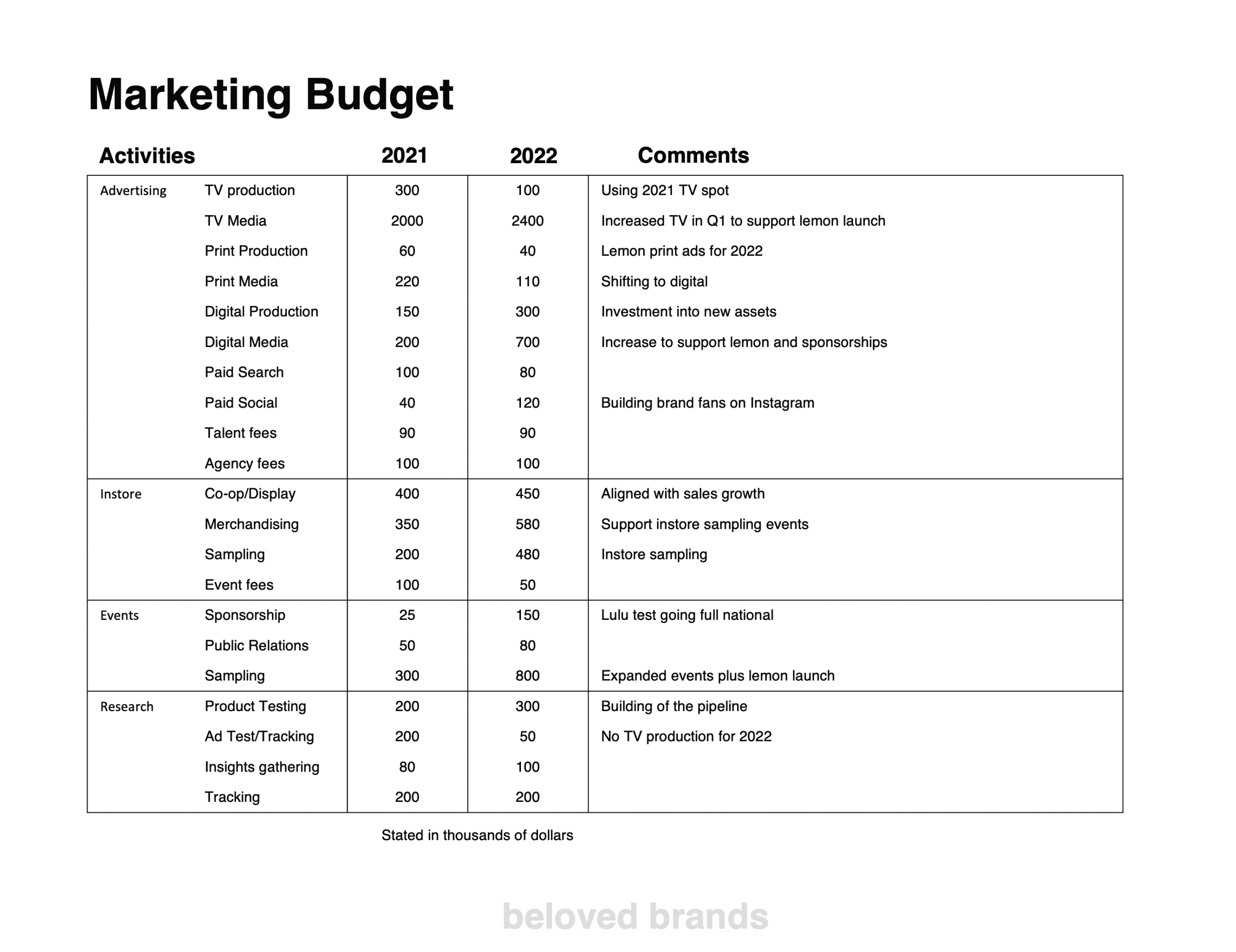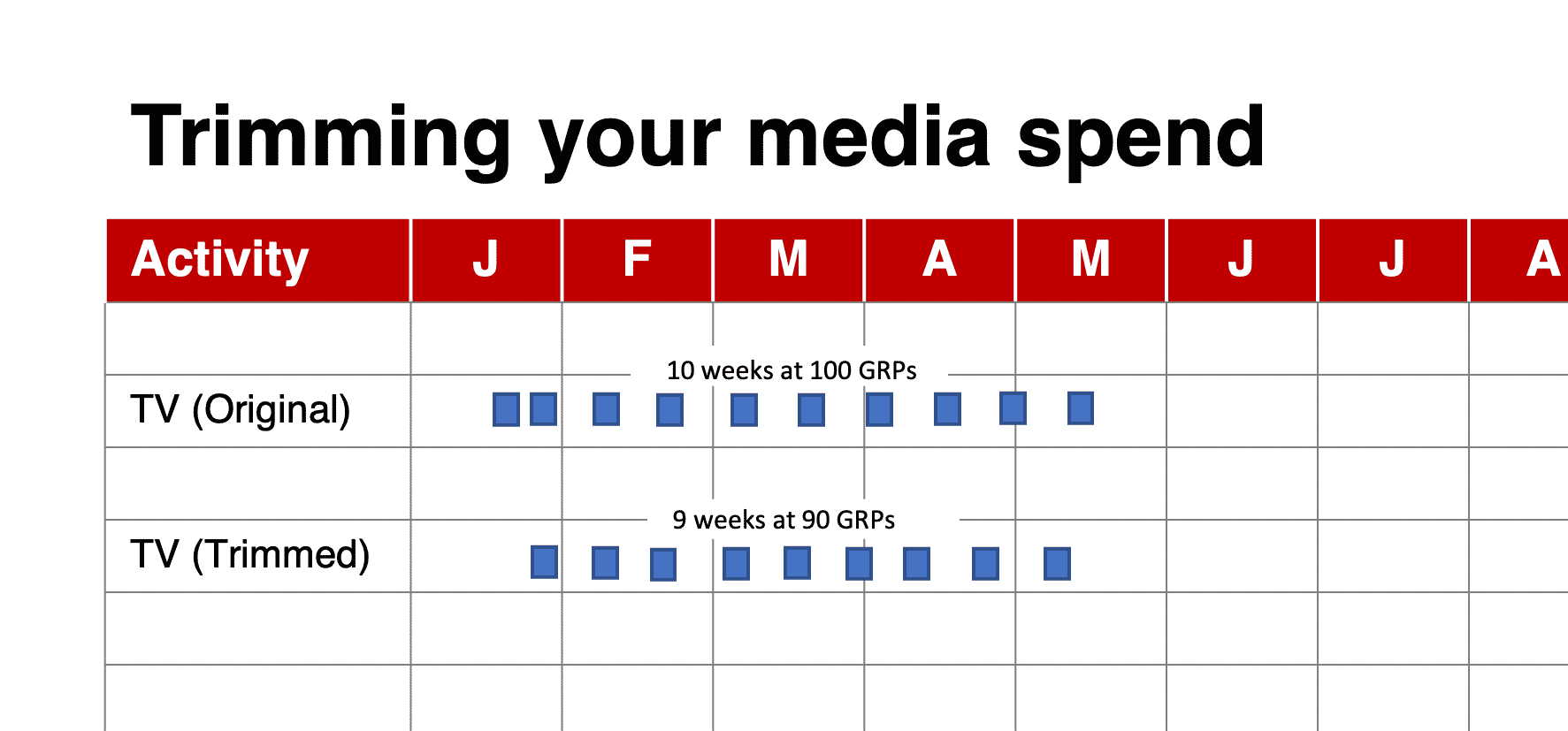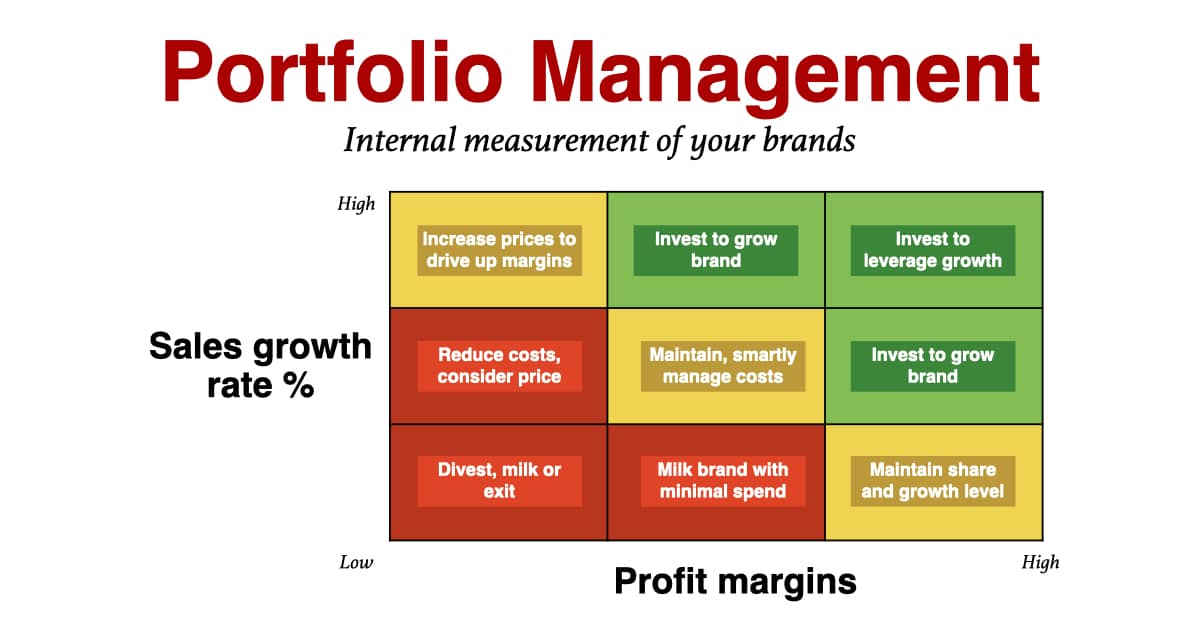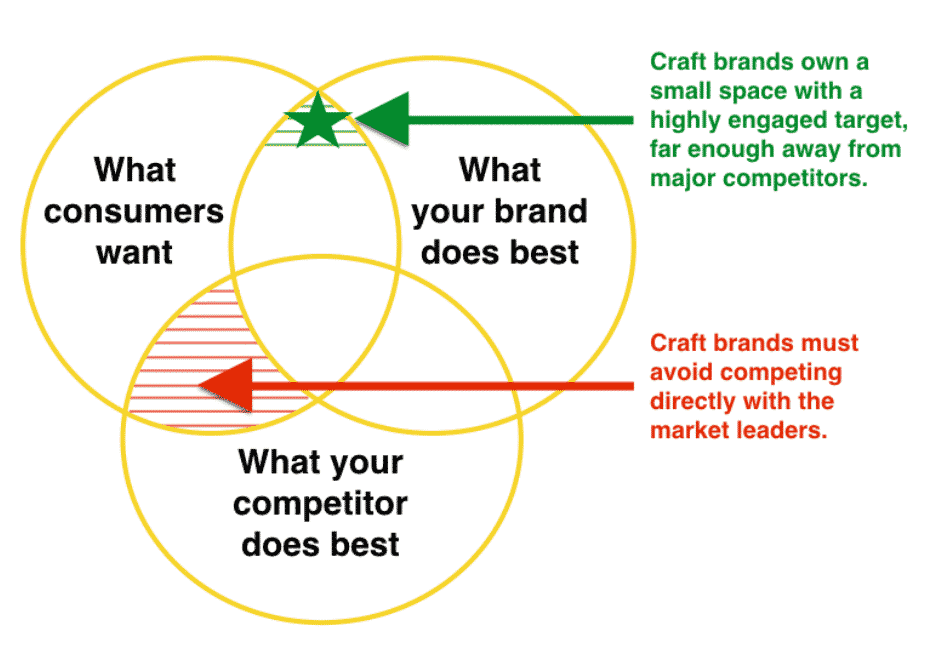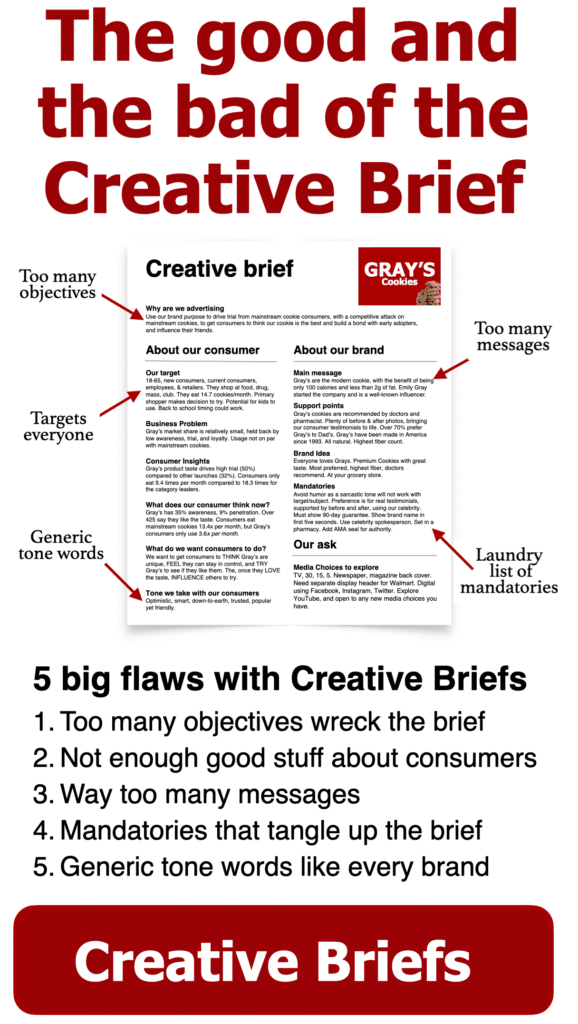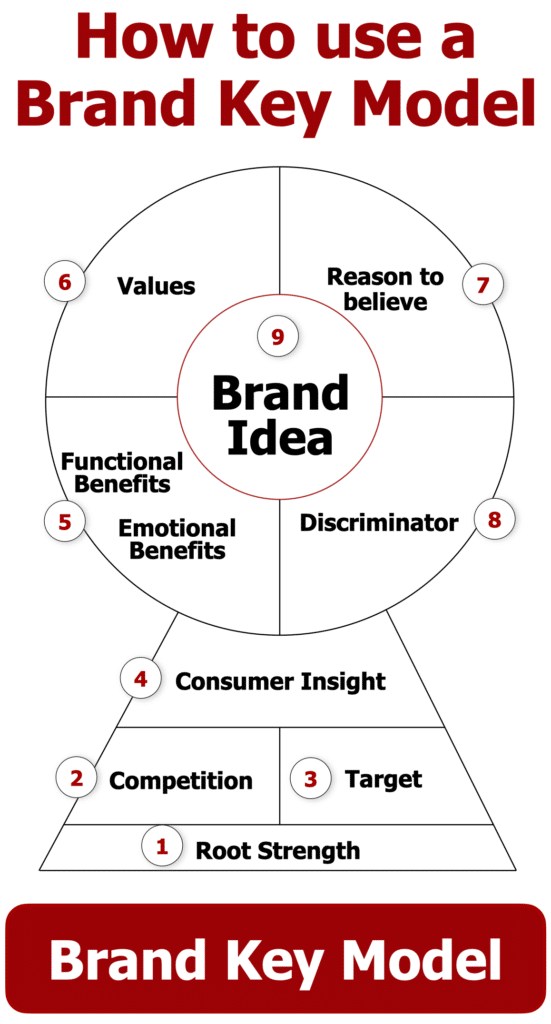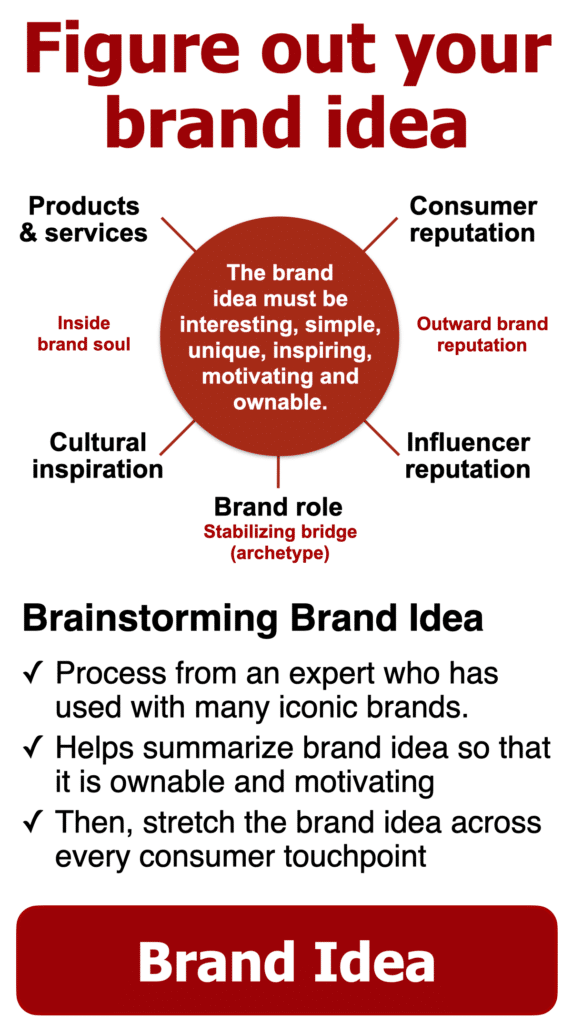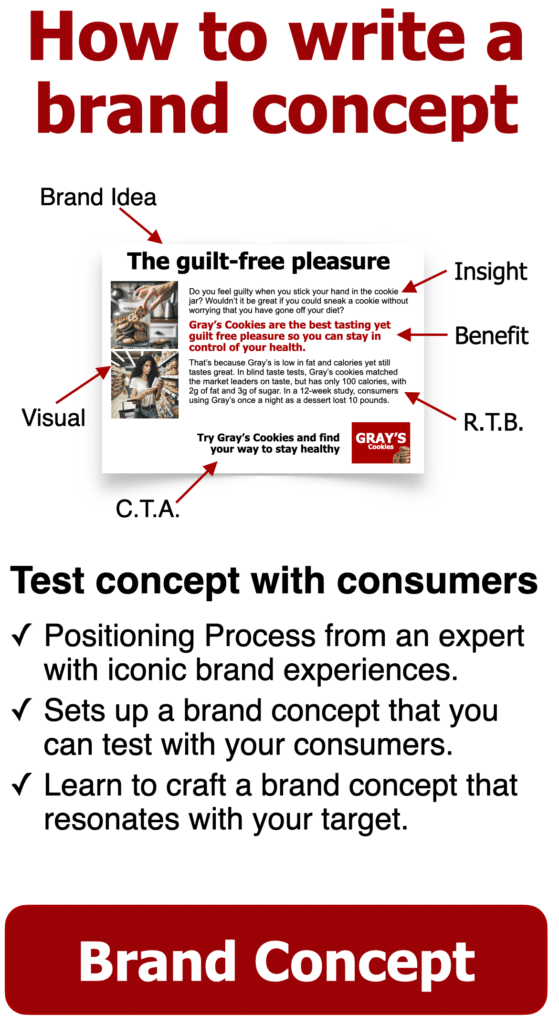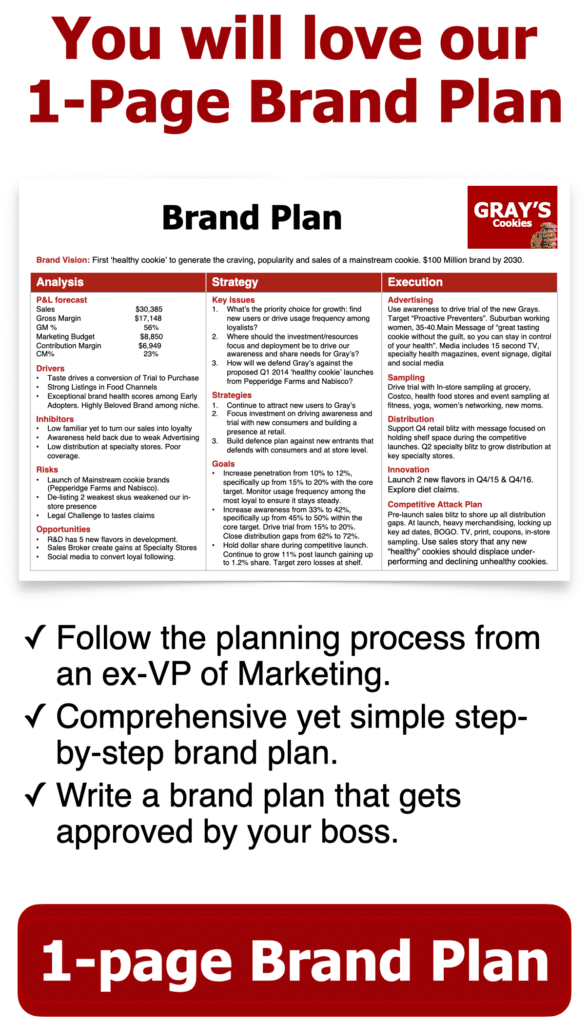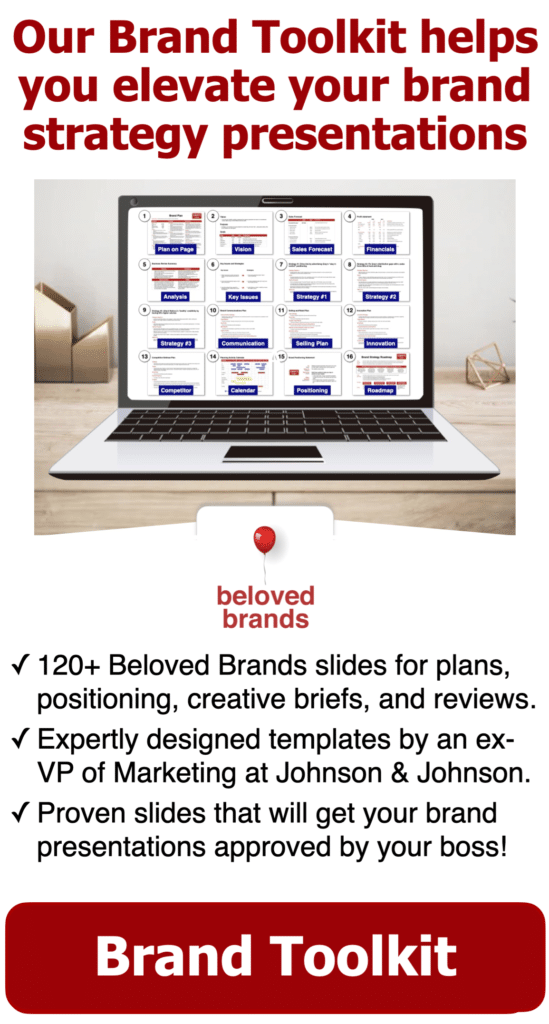When your finance manager comes over and tells you to freeze your marketing budget for the rest of the year, don’t be that marketer who whines and complains that it just can’t be done. Don’t show them charts from the past 100 years of the last 8 recessions. Don’t show them an article that says don’t ever cut your budgets. Those are macro theories. The reality is that by the time the marketing budget cut gets to you, the decision has already been made.
Instead of complaining, be the team player who makes the smartest marketing budget decisions that will help your manage your brand through the recession.
The recession is either here or coming soon.
You can expect budgets could be frozen for the rest of the year. And, you might need to redo next year’s Marketing Plan with 10% less spend. I’m not here to debate whether it’s right or not. In this article, I will go through what to consider when managing a cut to your marketing budget. With 20 years of marketing experience, I knew that market budgets cuts could come at any time, whether in June, August or September.

We believe the fundamentals of marketing matter
The marketing fundamentals that we show in this article are part of what we use in our marketing training programs. Marketers will learn strategic thinking, brand positioning, brand plans, writing creative briefs, advertising decision-making, marketing analytics, and marketing finance.
Working dollars verses non-working dollars
The first marketing budget breakout I make is to separate the working dollars, which are the variable costs directly linked to my customers or consumers. Non-working dollars are fixed costs, usually one-time hits to the budgets. For instance, in advertising, the media cost would be a working dollar (directly reaching the consumer), while the production cost is a non-working dollar. In this breakout, it is not necessarily the size of the cost that is important, but the efficiency of the cost.
For instance, you might spend $500,000 on a TV production (usually $250k to $ 1 million) and then be able to air that TV spot for $20 Million of media. In this example, the working dollars are 40x the non-working costs—a very efficient spend.
Compare that to $ 1 million of billboard media, with a production budget of $250k (non-working dollars). In this example, the working dollars are only 4x the non-working dollars. A much less efficient option compared to the TV. As a significant watch-out, the production budget for billboards can get pretty high.
As my budgets tighten up, I might look to replace inefficient spending with more efficient spending.
I could also look to delay high non-working costs before I touch the working dollars. If I plan to make a TV ad every 2500-3000 GRPs, maybe I can extend that slightly to 3500-400 GRPs. This slight tweak delays a non-working dollar and should not have a noticeable difference in the market.
Now, I am ready to demonstrate to my CFO that my marketing budget is efficient.
Essential spending verses 'nice to have' spending
When it comes to cuts to my marketing budget, the first thing I would do is to take every possible spend into four buckets: keep, trim, delay or cut.
Keep the essential:
For the short-term marketing spend, I look at commitments we’ve made to our retail partners, upcoming launches, and those closely connected to transactions. For the longer-term marketing spend, I look at investments I need to keep growing my brand. I include advertising, sampling, in-store promotions, and new product innovation.
Trim without getting noticed:
With every essential spend in my marketing budget, I still have the option of a slight haircut. If my TV is 100 GRPs per week for ten weeks, can I trim it to 90 GRPs for nine weeks? This media haircut allows me to reduce my media budget by 29%. To illustrate this example of a media trim, click on the diagram below. If the plan was for support media to include billboards and radio, time to dig in and choose one option. None of these options are perfect, but the trim is better than going dark.
Delay into next year:
Linking back to the non-working dollars argument above, sort through to delay any one-time hit that does not directly reach my consumer. I want to make sure any delay does not directly impact demand or consumption. Can I move a TV production from Q4 2022 to Q1 2023?
Cut for now:
I must be honest to ensure we find those ‘nice-to-have’ projects. These include pet projects, slush funds, exploratory ideas, trips, or meetings. These are the ones that hurt the most. I spent 20 years in CPG marketing. I knew budget cuts were coming every year. With more experience, let me share my little secret. I put ‘nice-to-haves’ into my marketing budget, knowing I could serve those up first.
To illustrate, click to zoom in to see. how trimming your media spend can impact your marketing budget.
Portfolio Management
If you have a portfolio of brands, I usually recommend starting your portfolio management with an external lens. Look at the market attractiveness of where the brands play. And the competitive position of those brands within the market.
Given the marketing budget cuts, I would use my internal lens that looks at the growth rate of each brand and the profit margins of the brands. To illustrate, click on the diagram below.
To illustrate, click to zoom in to see how portfolio management can impact your marketing budget.
Invest brands
In the grid above, we look at those brands that fall into the green zone. These brands offer the highest sales growth rates with solid profit margins.
Make sure this is where you put your best people. In addition, keep investing in advertising and R&D to keep discovering innovation. You need to manage the power of your brand with channel customers, media, and the consumers who love the brand.
Even in the face of marketing budget cuts, I want to keep my investment strong. The high growth rates will help the company fight any declines during a recession. And, each sales dollar kicks off a high margin percent, helping your CFO manage their bottom line.
Keep the high investment level with reliable messaging, product innovation, and a mass market approach.
Take your brand knowledge to new heights with our Beloved Brands playbook
Beloved Brands is a comprehensive guide that covers the fundamentals of brand management. It goes deep on strategic thinking, brand positioning, brand plan development, advertising decisions, media planning, marketing analytics, and the brand financials. This is an opportunity to build your marketing skills to help your career. And, it will provide you with the roadmap for driving growth on your brand.

Marketers see Beloved Brands playbook as a go-to resource, as they keep it within arm’s reach for any new project. We are thrilled to see that it has received a 5-star rating from nearly 90% of Amazon reviewers. Additionally, we have also created playbooks for B2B Brands and Healthcare Brands, catering to specific industries.
Maintain brands
Those brands that fall into the yellow part of the grid provide could range from high growth with lower margins to lower growth with high margins. The challenge is to sort through your investment stance.
If I am facing cuts to my marketing budgets, my instinct is that I would focus on the higher margin opportunities.
However, I want to also look at new technologies within the portfolio. These could be in high growth mode but suffer from poor margins. Will the margins improve as the technology improves? I don’t want to shut off the growth rate of a new technology whose margin rates could keep improving as the production process improves. Keep my investment strong, as the growth rates could help after the recession.
The more complex question is the high growth/low margin brands. For this, I want to revisit the external lens to look at the market attractiveness and competitive position. To illustrate, look at the grid below that uses an external lens.
Niche brands
I want to use a niche strategy for brands where the market is attractive, but my competitive position is poor. I can reduce my investment from a mass approach to a more direct marketing approach. Replace any mass media with targeted digital ads or engage with specific communities through social media.
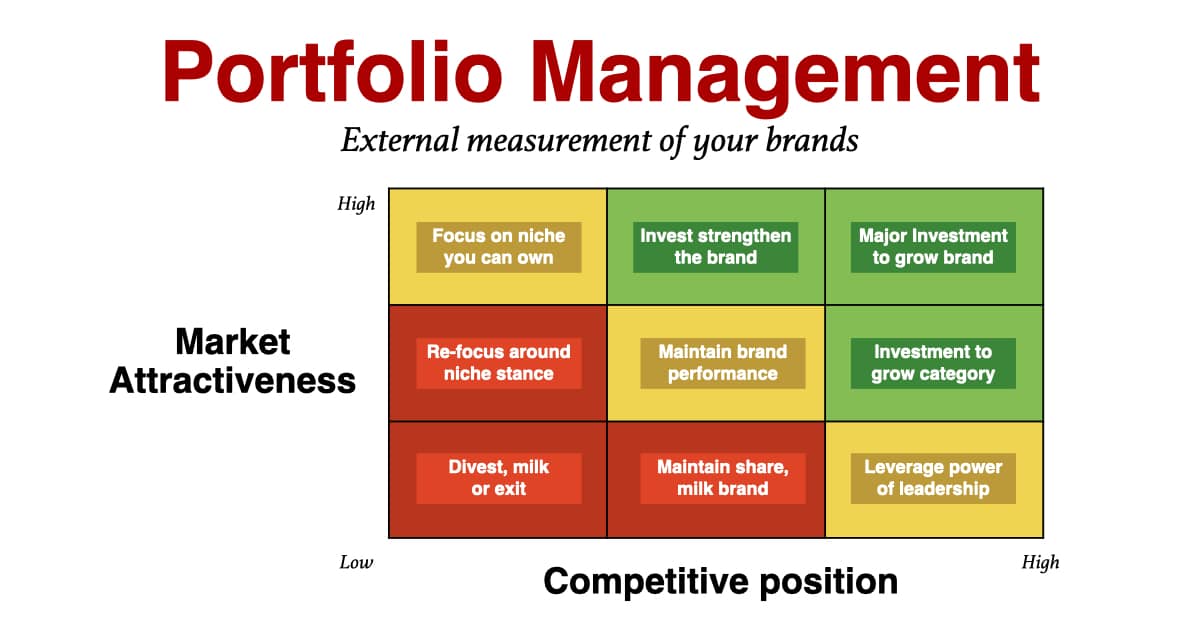
To illustrate, click to zoom in how portfolio management can steer your marketing budget breakout.
Craft brands
Craft brands must win a small space in the marketplace that offers something unique to a highly engaged target. These brands succeed when they are far enough away from major competitors. You need the leaders to ignore you so you stay hidden away.
Craft brands build themselves behind a micro-benefit, including gluten-free, low fat, locally grown, organic, or ethically sourced. These craft brands take an antagonistic approach to the rest of the category. They portray other brands as old-school, overly corporate, unethical, flawed in the manufacturing, or the use of ingredients. These brands often take a very aggressive marketing stance, calling out the other brands as unethical or stupid. Craft brands believe it is better to be loved by the few than liked or tolerated by many. Take a look at our post on Competitive Strategy.
To illustrate, click to zoom in on the brand strategy diagram and how it might impact your marketing budgets.
Price increases
This recession could be a bit unusual as we are also facing high inflation in most markets. If you are under 35, you have likely not worked in a recession. And if you are under 70, you likely weren’t managing brands in 1981 when the world faced stagflation. Economic decline and inflation at the same time. My guess is that you are under 70! Lol.
Perceived value vs perceived price
The tough question is to ask whether it’s the right time to try for a price increase. A good pricing strategy starts with understanding your brand’s price/value relationship and looking for ways to increase the perception of value. We use perceived value and perceived price with the diagonal line representing where the two find their equilibrium. Every base product price starts at the going commodity price (pink circle). As you add value and become more loved, you can move up the curve to a higher price (darker red circles).
To illustrate, click to zoom in to see how pricing can impact your marketing budget.
Here are the ways you can increase the perceived price:
- Perceived quality of the products: Explanation of the product benefits match up to the customer’s needs. Adding emotional benefits go beyond commodity.
- Reputation for expertise: Re-enforced by experience, past usage or reviews/referrals for a similar situation.
- Perceived quality of the services: Go beyond product to go faster, easier, smarter by replacing activities the customer can’t do or does not want to do.
- Make your customer look better: Add perceived value to their brand, or making them look smarter.
- Happy customers: Happy experiences builds trust that allows customer to open up emotionally. With each happy experience, you can add cached value.
Pricing strategy
Here are four potential pricing strategy options to get you thinking about what you should do. You might want to do more than one. As we head into a recession with inflation, you could shift from one price to a good-better-best approach.
Price increase
Simply put, brands can execute a price increase when the market or consumers allow the brand to do so. A beloved brand will have an easier time pushing through a price increase as it can use the power of its brand versus consumers, competitors, or channels. When pushing a price increase through retail channel partners, brands usually require proof that the new price will work or that product costs have gone up. Factors that help the brand story include the health of the brand and market.
Price decrease
Use a price decrease when battling a competitor, in reaction to sluggish economic conditions or retail channel pressure. You can also use an aggressive price decrease when you have a cost advantage, whether that’s manufacturing, materials or distribution. When you have that cost advantage, it may make sense to deploy a lower price to deplete the resources of your competitor.
Price changes always carry a risk of a competitive overreaction. Always consider various potential competitive reactions when doing your financial analysis. Be careful. As difficult as it is to implement a price change, it is almost impossible to change it back.
Trade the consumer up or down
Another strategy is to create a range of products at various price levels, with a good / better / best approach that allows the brand to reach up or down to a new segment of consumers. Make sure that you are doing this for the right reason or it could backfire on you.
Trading consumers up on price
Make sure your brand can carve out a meaningful difference to create a second or third tier, so consumers can see an apparent reason to move up. Many brands will deploy a good/better/best approach to pricing. When your brand secures trust or a bond with the consumer, it will be easier to use your brand reputation and product performance to move loyal consumers up to the next level.
Trading consumers down
When the brand sees a potential unserved market, it can trade consumers down when the move brings minimal damage to the brand image or reputation. In a tough economy, creating a lower-priced set of products can be a smarter strategy than lowering the overall price of your main brand. Once the economy bounces back, you can discontinue the lower-priced product option.
People management
Keep your best people
If it came down to cutting a few weeks of media or hanging onto my people, I’d choose the people. When I was at J&J, we discussed talent on a quarterly basis. Junior marketers can develop so quickly that you have to make sure you keep a close eye on their development. Annually, we would plot all our talent on the grid below. We looked at both potential and performance.
To illustrate, click on the talent management grid.
- To start, the superstars are those who have high potential and are performing at a high level. Try to push yourself to focus on the top 10% of your talent.
- Next, look at the poor performers who are not delivering for you. Also, these should be an estimated 10-15% of your talent. You need a plan to purge and replace those who are not keeping up.
- The future stars have a higher potential than they are currently performing. These 10-15% require the investment of training and coaching to get the most of their talent.
- That leaves most of your talent in the medium to high performance but limited potential. These high professionals account for 60-70% of your talent.
You need to protect your best talent. Coincidently, your superstars will interview the best with headhunters and competitors. You can’t lose these. With high inflation and a shortage of talent, now would be the ideal time to give a 10%+ raise to your best people.
Marketing Finance
Beloved brands use higher shares of a bigger market to drive higher volume
The beloved brands use their momentum to reach a tipping point of support to drive higher market shares. They can get loyal users to use more, as consumers build the beloved brand into life’s routines and daily rituals. It is easier for the beloved brands to enter new categories, knowing their loyal consumers will follow. Finally, there are more opportunities for the beloved brand to find more uses to increase the number of ways the beloved brand can fit into the consumer’s life.
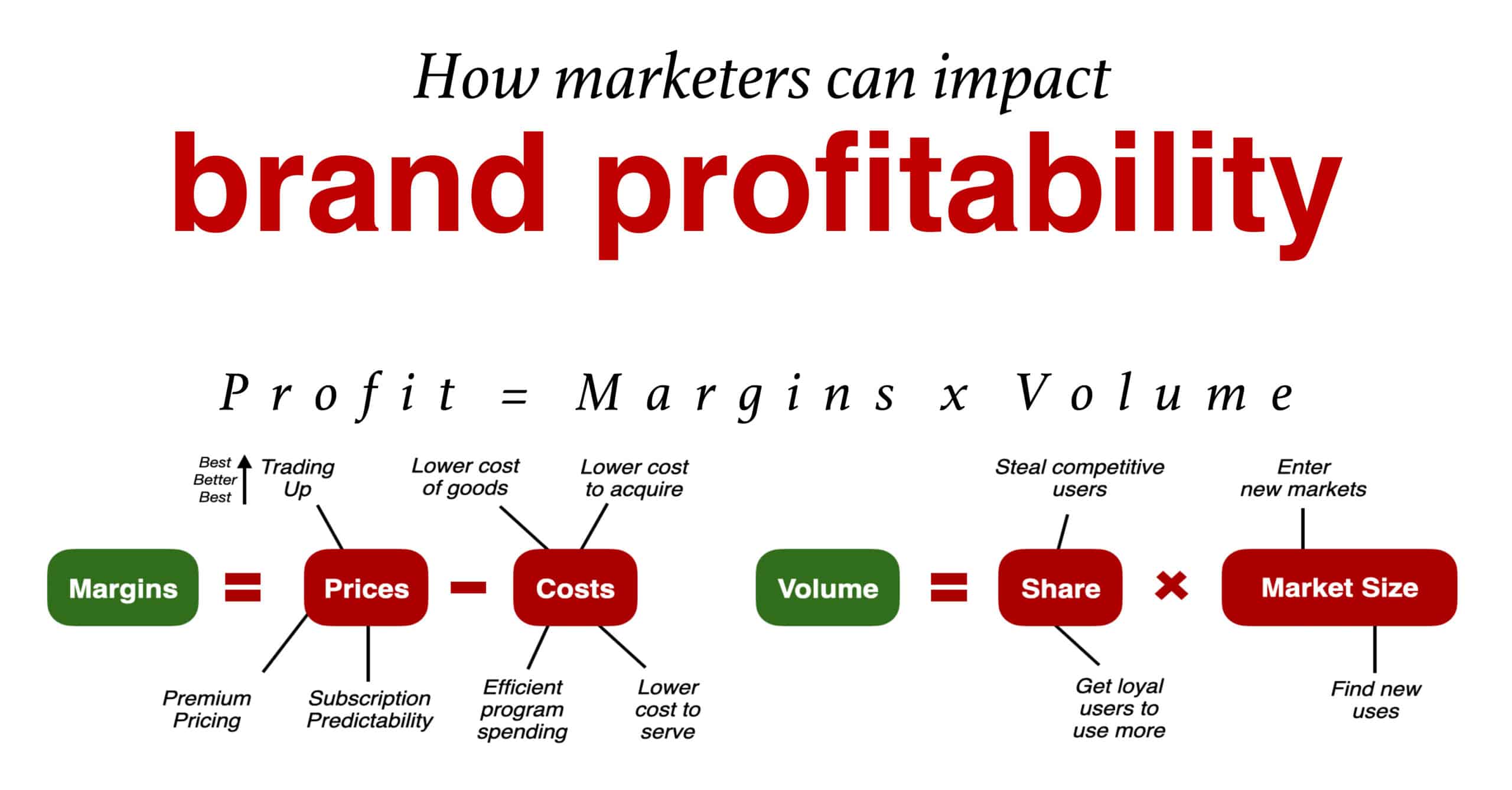
To illustrate, click to zoom in our marketing budget breakout.


